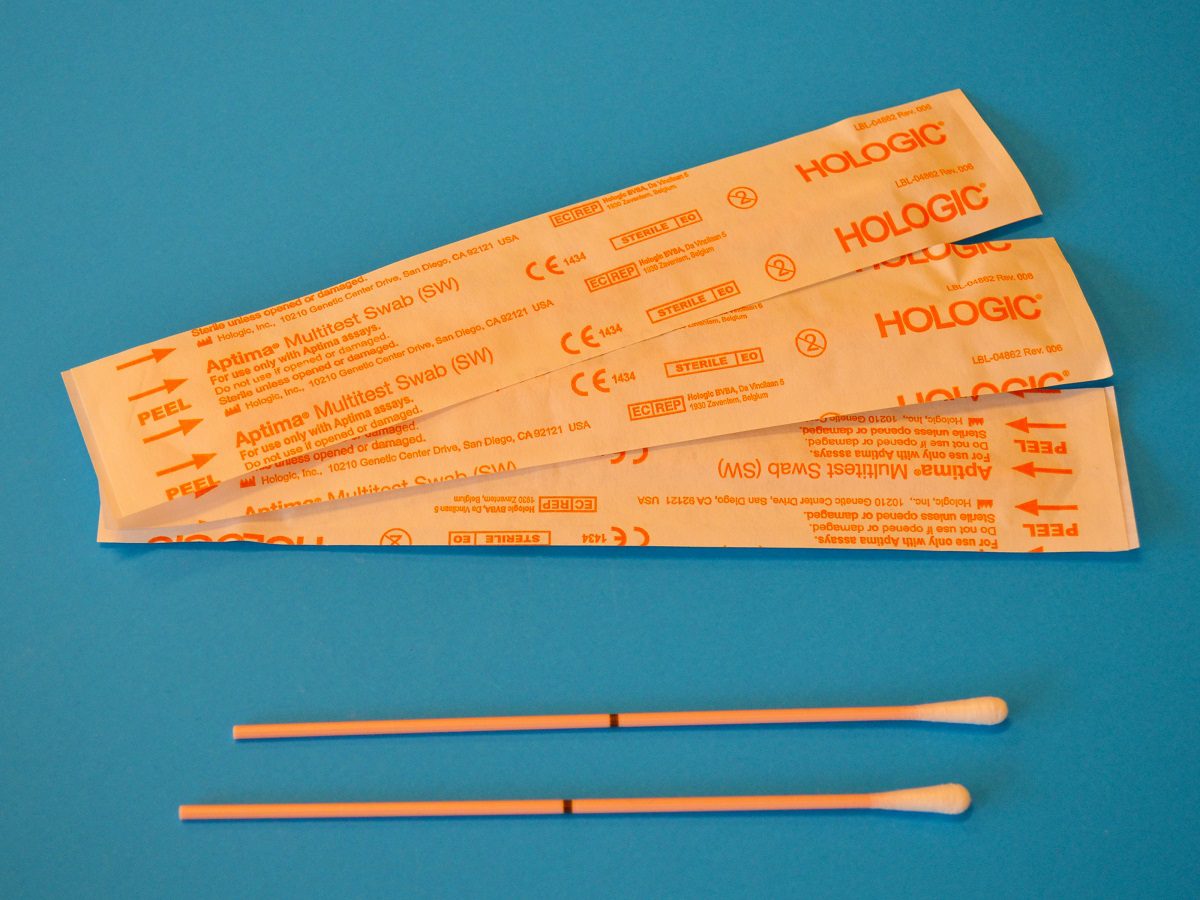Warts are a prevalent skin ailment that is caused by the human papillomavirus (HPV). One curious thing about warts is that they are often painless and can be treated in a short amount of time. So you don’t necessarily have to worry. Can you correctly identify non-STD warts and treat them?
Warts that aren’t produced by sexual contact with someone who has a sexually transmitted disease (STD) are referred to as non-STD warts. In most cases, they are brought on by a type of HPV that is not associated with sexually transmitted diseases (STIs). Warts that aren’t caused by sexually transmitted diseases can show up pretty much anywhere on the body, and they’re typically safe to ignore. We have produced a helpful guide on everything you need to know about warts that are not associated with a sexually transmitted disease, including how to cure them.
Warts that aren’t caused by STDs might have a variety of root causes
Warts that are not caused by sexually transmitted diseases are often passed from person to person through close contact with an infected individual or by contact with an object that has been contaminated with the virus. Warts that are not caused by sexually transmitted diseases are more likely to appear in individuals whose immune systems are compromised.
Keep in mind that if you are concerned about any aspect of your body or health, it is essential that you address the matter with a trained medical practitioner.
Here are some of the symptoms of non-STD warts:
Warts that aren’t caused by sexually transmitted diseases can show up anywhere on the body, but the hands, feet, and face are the most typical locations where they manifest. Their surface is rough and elevated, and they look like cauliflower in appearance. You may recognize them by these characteristics. Warts that are not caused by an STD are often painless; however, if they are located in a region that is sensitive, they may cause irritation, such as itching or a burning sensation. Warts that are not caused by a sexually transmitted disease have the potential to spread to other places of the body if they are not treated.
What kinds of therapies are available for warts that aren’t caused by an STD?
Maintaining adequate hygiene will always be the most effective method available for preventing warts that are not caused by an STD. Always wash your hands well and try to avoid touching any warts or surfaces that might be contaminated with the virus. It is important to refrain from picking or scratching at a non-STD wart since doing so can lead to the wart spreading to other places of your body. Stay safe!












Leave a Reply